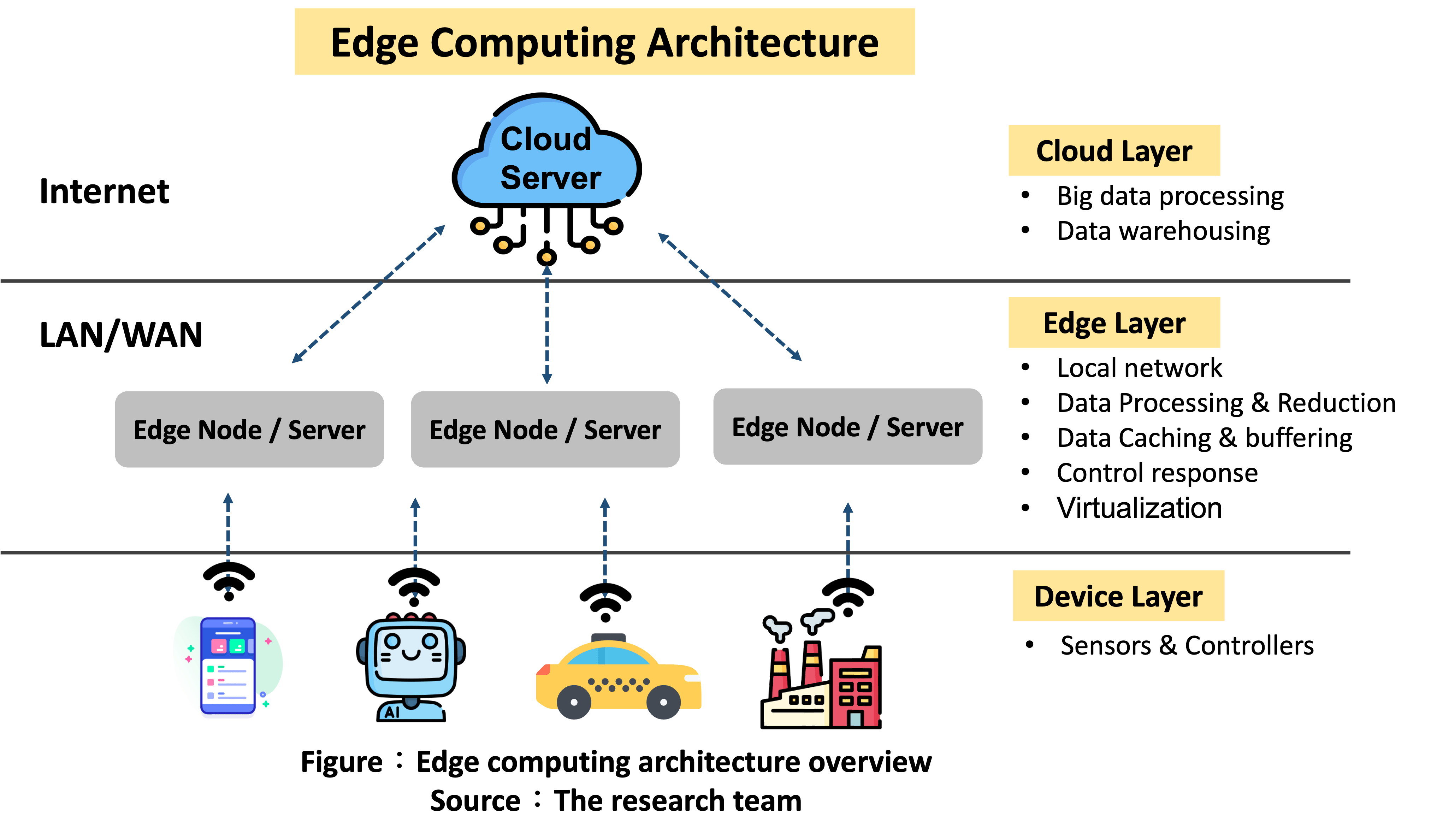
Exploring Edge Computing for Business Optimization
Edge computing has emerged as a game-changer, revolutionizing how businesses manage data and process information. Its decentralized approach to computation and storage at the edge of the network offers unparalleled opportunities for business optimization.
Understanding Edge Computing
Edge computing involves processing data closer to the source, at or near the edge of the network, rather than relying solely on centralized cloud servers. This proximity reduces latency, enhances speed, and improves overall data processing.
Reducing Latency and Improving Speed
One of the primary advantages of edge computing is its ability to minimize latency. By processing data closer to where it’s generated, it reduces the time taken for data to travel, enabling faster responses and real-time analytics.
Enhanced Data Privacy and Security
Edge computing ensures enhanced data privacy and security. Processing data closer to its source reduces the need to transmit sensitive information across networks, reducing vulnerabilities and enhancing confidentiality.
IoT Integration and Efficiency
Edge computing seamlessly integrates with the Internet of Things (IoT). It optimizes IoT device efficiency by allowing data processing locally, reducing the burden on the central cloud and improving device response times.
Enabling Real-Time Analytics
Edge computing facilitates real-time analytics. By processing data immediately at the edge, businesses can extract immediate insights, enabling faster decision-making and more agile operations.
Transforming Industries
Edge computing transforms various industries. In manufacturing, it optimizes machine operations; in healthcare, it enables real-time patient monitoring, and in retail, it enhances personalized customer experiences.
Scalability and Flexibility
Edge computing offers scalability and flexibility. Its distributed nature allows for the easy addition of new devices or nodes, accommodating business growth and adapting to evolving needs.
Optimizing Bandwidth Utilization
Edge computing optimizes bandwidth utilization. By processing data locally, it reduces the amount of data that needs to be transmitted to the cloud, saving bandwidth and associated costs.
Overcoming Connectivity Challenges
Edge computing addresses connectivity challenges. It functions efficiently even in environments with intermittent or limited connectivity, ensuring uninterrupted operations.
Future Innovations and Integration
The future of edge computing holds promise. Innovations such as AI integration, enhanced security measures, and expanded use cases across industries will further drive its adoption and impact.
Edge computing isn’t just a technological advancement; it’s a strategic tool reshaping business operations. As businesses increasingly embrace its capabilities, the potential for optimization, real-time insights, and enhanced efficiency becomes increasingly evident.
Please replace “pudacanmanel.com” in the sentence where the link is required with the appropriate URL or anchor text as needed.
